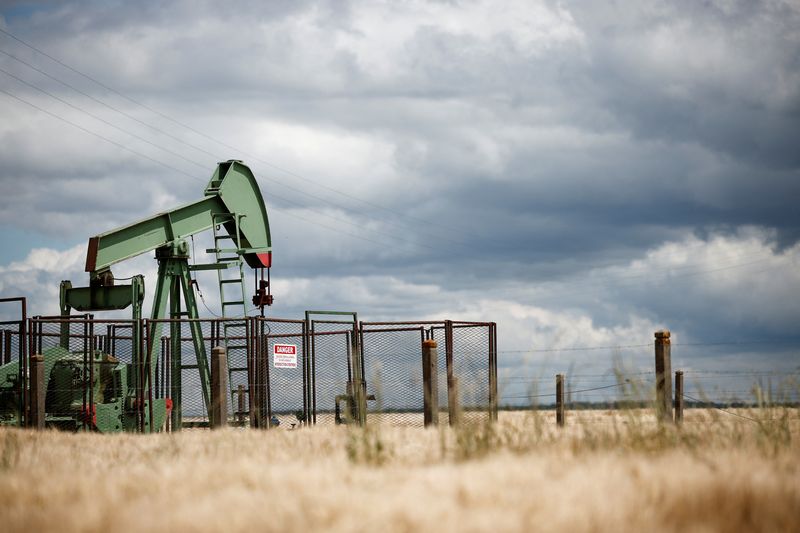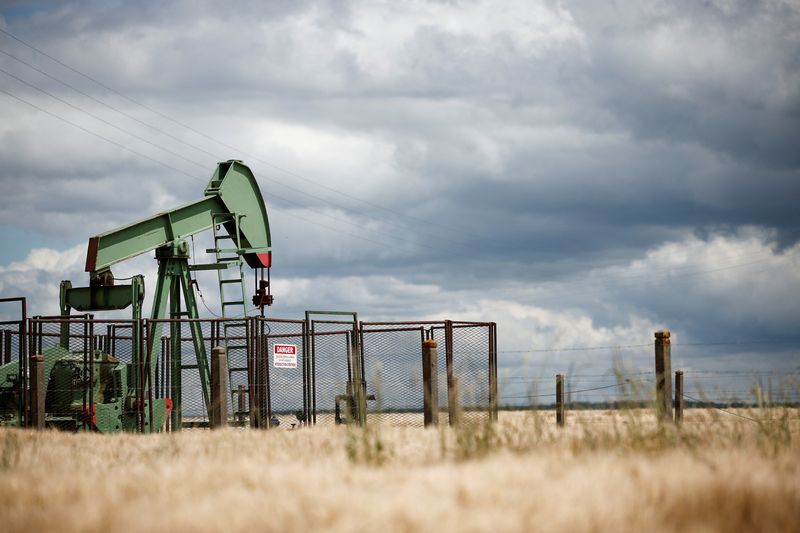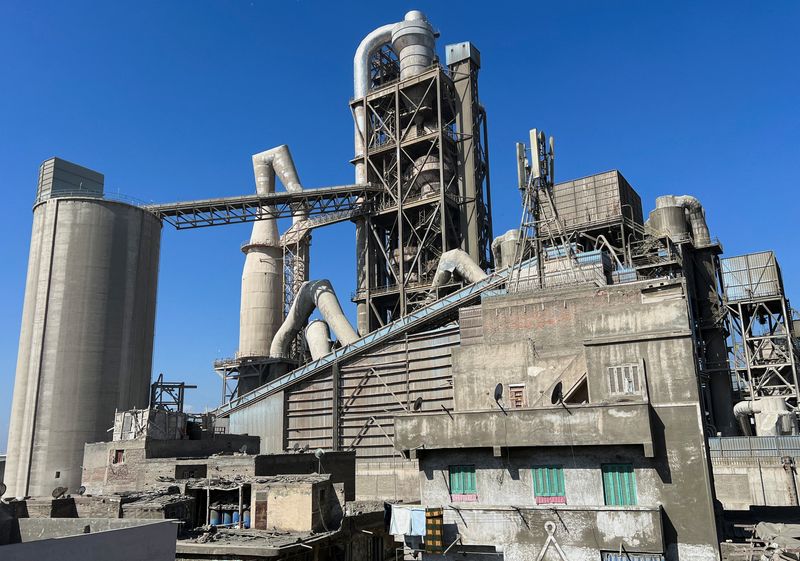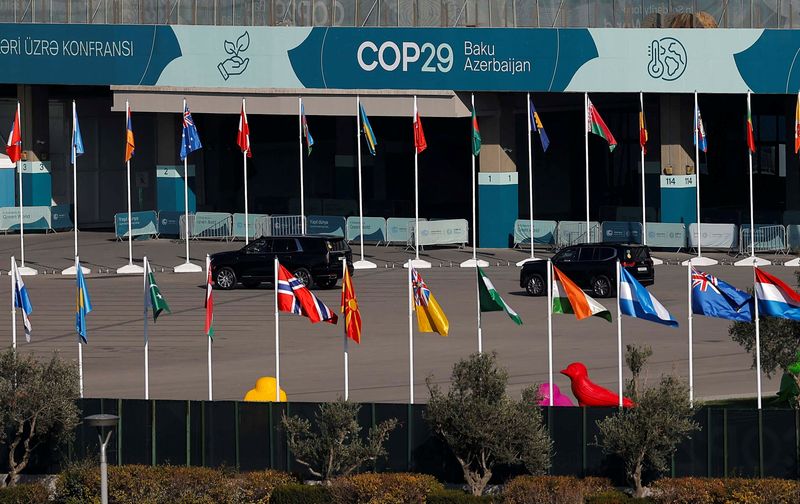
By Alex Lawler
LONDON (Reuters) -Oil steadied on Wednesday, supported by OPEC+ cuts and uncertainty over what may happen next in the Middle East conflict, after demand concerns knocked the market to its lowest since early October in the previous session.
Crude tumbled more than 4% to a near two-week low on Tuesday due to a weaker demand outlook and after a media report said Israel would not strike Iranian nuclear and oil sites, easing fears of supply disruptions.
Brent crude oil futures rose 22 cents, or 0.3%, to $74.47 a barrel by 0800 GMT. U.S. West Texas Intermediate crude futures climbed 28 cents, or 0.4%, to $70.86.
Still, concern about an escalation in the conflict between Israel and Iran-backed militant group Hezbollah persists. OPEC+ supply curbs remain in place until December when some members are scheduled to start unwinding one layer of cuts.
“The end of the current year could actually turn out to be tightish due to healthy consumption readings and OPEC+ constraints,” said Tamas Varga at oil broker PVM.
“2025, however, will be much better supplied than 2024 putting absolute and relative downward pressure on oil prices.”
On the oil demand side, both the Organization of the Petroleum Exporting Countries and the International Energy Agency this week cut their 2024 global oil demand growth forecasts, with China accounting for the bulk of the downgrades.
Economic stimulus in China has failed to give oil prices much support. China may raise an additional 6 trillion yuan ($850 billion) from special treasury bonds over three years to stimulate a sagging economy, local media reported.

Coming up is the latest U.S. oil inventory data. The American Petroleum Institute’s report is due later on Wednesday followed by the government’s figures on Thursday. The reports are coming a day later than normal following a federal holiday.
Analysts polled by Reuters expected crude stockpiles rose by about 1.8 million barrels in the week to Oct. 11.
This post is originally published on INVESTING.



